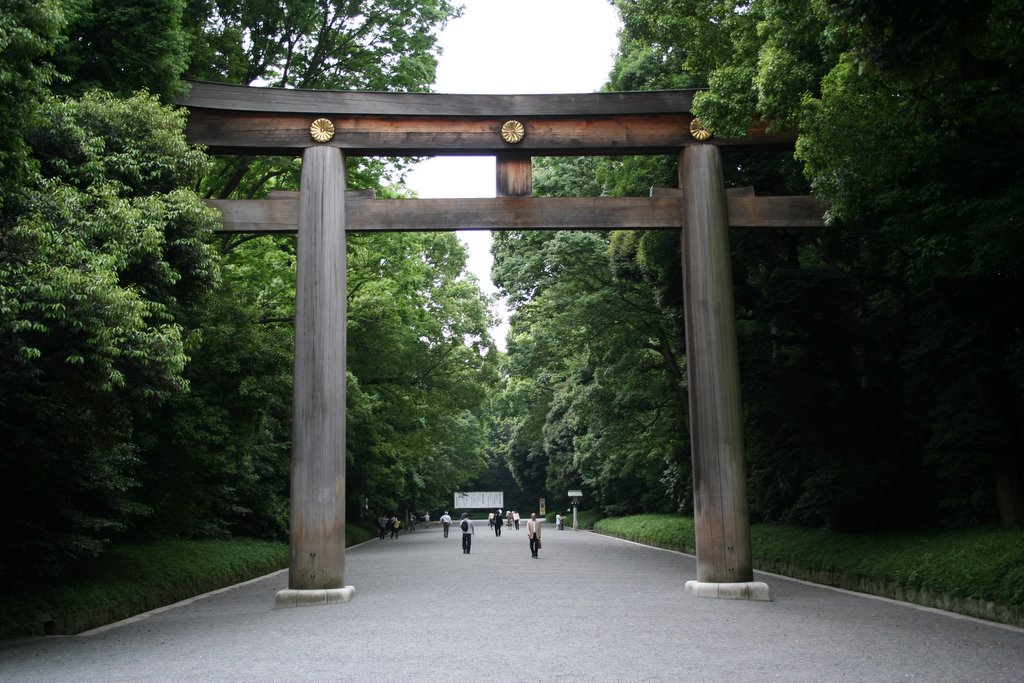Tokyo, a metropolis known for its skyscraper-dotted Shinjuku or fashion-obsessed Shibuya, can feel a bit overwhelmingly crowded for first timers. The city is a mix of modern living and traditional Japanese manners. There are ancient shrines and serene gardens scattered among the skyscrapers, offering a quiet getaway from the fast paced city life. A popular day-trip destination from Tokyo, Hakone is a land of misty mountains and hot springs. Its Lake Ashi offers magnificent views of Mount Fuji.
Taitō-ku, Sumida-ku, Chūō-ku, Chiyoda-ku, Kōtō-ku
Senso-ji is an ancient Buddhist temple located just north of Kaminarimon. Leading up to the temple, it is the famous Nakamise-dori, a street lined with local craft shops and snack stalls. Built in 628, Senso-ji is Tokyo's oldest temple. During World War II, the temple was bombed and partially destroyed. The main building Kannondo Hall was rebuilt in 1958.
Tokyo Skytree is a broadcasting, restaurant, and observation tower in Sumida, Tokyo. It is the tallest structure in Japan. with a height of 634m (2,080ft). The older Tokyo Tower no longer provides adequate broadcasting coverage because it is surrounded by high-rise buildings. The observation deck offers a panoramic view of the entire city of Tokyo and beyond. Information about admission tickets can be found here: http://www.tokyo-skytree.jp/en/reservation/
Ginza is one of the most popular upscale shopping districts in the world. It is located in Chuo, Tokyo. The district was built in the 16th century, its name Ginza comes after the establishment of a silver-coin mint in 1612, during the Edo period.
The Tokyo Imperial Palace is the primary residence of the Emperor of Japan. It is built on the site of the old Edo Castle. From Kokyo Gaien, the large plaza in front of the Imperial Palace, visitors can view the Nijubashi, two bridges that form an entrance to the inner palace grounds. The inner grounds are generally not open to the public.
This shopping, dining and entertainment complex opened in 2012. Its most unique attraction is the Gundam Front Tokyo with various attractions and a shop centered around the anime series' robots. A life sized Gundam statue stands 18m (59ft) tall in front of the building.
Chūō-ku, Shinjuku-ku, Shibuya-ku
The Tsukiji fish market is the biggest wholesale fish and seafood market in the world. The world famous tuna auction happens every day in the early morning. A total of 120 visitors are allowed to watch the auction on a given day. Registration starts on-site at 5am on a first-come-first-serve basis, no reservation in advance. Most visitors arrive well before 5am to ensure a spot among the 120 for the day. You may also get to taste super-fresh sushi at the market after the tour. The wholesale area is open to visitors after 9am.
Shinjuku Gyoen National Garden is a large park with an eminent garden spanning over both Shinjuku and Shibuya districts. The original garden was completed during the Edo period in 1772. The current garden was rebuilt after World War II. There are more than 1,500 cherry trees that bloom from late March to early April.
Shinjuku is a major commercial and administrative center, housing one of the busiest railway stations in the world. The area surrounding Shinjuku Station is a major economic hub of Tokyo. The Tokyo Metropolitan Government Building offers free observation decks that provide panoramic views of the city.
Meiji Shrine is a shrine dedicated to the deified spirits of Emperor Meiji and his wife, Empress Shoken. Located just beside the Harajuku Station, the shrine and the adjacent Yoyogi Park make up a large forested area within the densely built-up Tokyo. The original shrine was built in 1920 but was later destroyed in the World War II. The current building was completed in 1958.
Like Shinjuku, Shibuya is a special ward in Tokyo. Its name is often used to refer to the shopping district that surrounds Shibuya Station. The area is a popular for shopping and entertainment, and is known as one of the fashion centers of Japan. Located in front of the Shibuya Station Hichiko exit, there is the famous scramble crossing where vehicles in all directions stop to allow all pedestrians to cross the entire intersection. The statue of Hachiko, a dog known for his remarkable loyalty in Japanese culture, is located between the station and the intersection.
Ashigarashimo-gun
Lake Ashi, also known as Ashinoko Lake or Hakone Lake, is a scenic lake in the Hakone area in Honshu. The lake is famous for its views of Mount Fuji, hot springs, and historical sites. The lake was formed after volcano Mount Hakone erupted some 3,000 years ago. The best views of the lake in combination with Mt. Fuji are from Moto-Hakone, Onshihakone Park, and from sightseeing boats on the lake. Hakone Free Pass can be purchased at Shinjuku station in Tokyo, that includes discounted round trip by Odakyu Railways between Tokyo (Shinjuku Station) - Hakone (Odawara Station), Hakone Tozan Buses, Hakone Sightseeing Boats on Laki Ashi.
Hakone Shrine is a Shinto shrine located on the shore of Lake Ashi. The current building dates back to 1667.
Onshihakone Park, where the Hakone Detached Palace is located, used to serve as a summer getaway for the imperial family. It is located south of Moto Hakone. It offers walking trails and scenic views of Mt. Fuji and Lake Ashi.










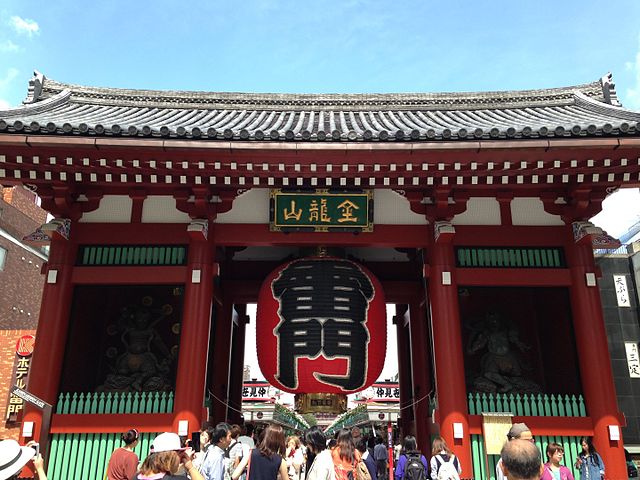


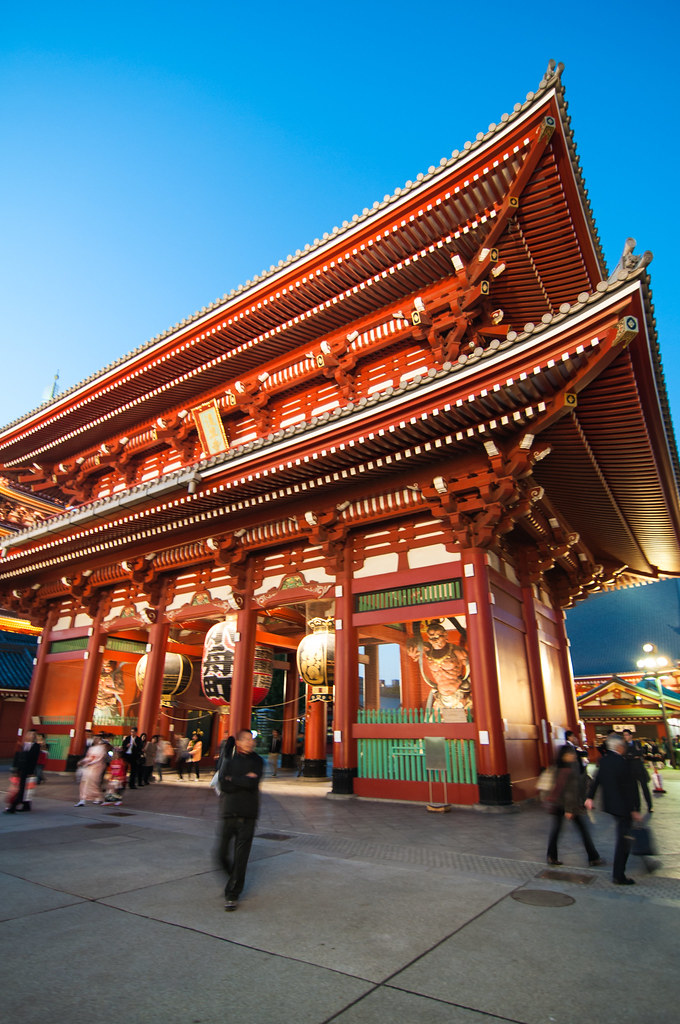

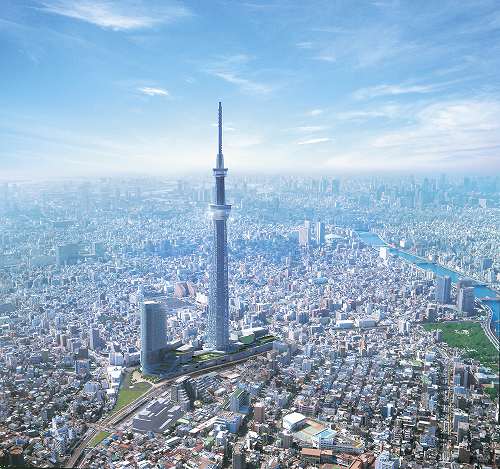
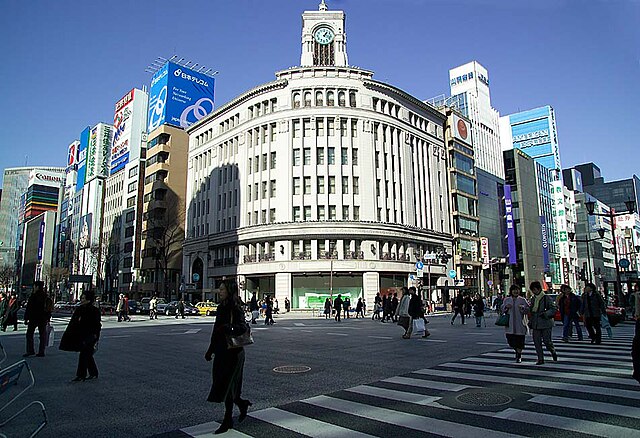
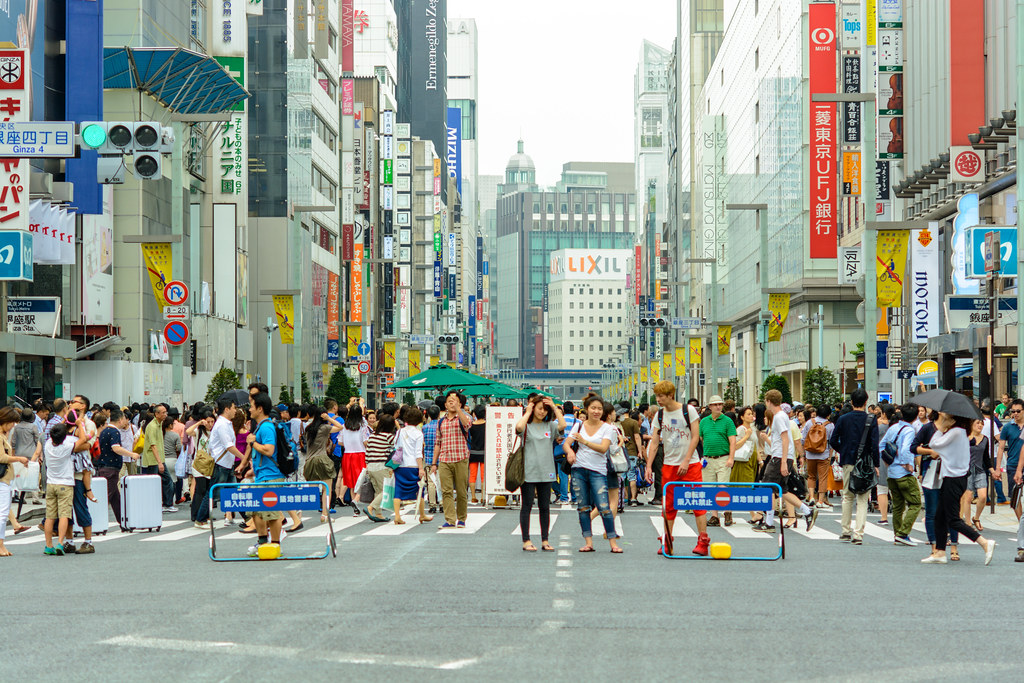





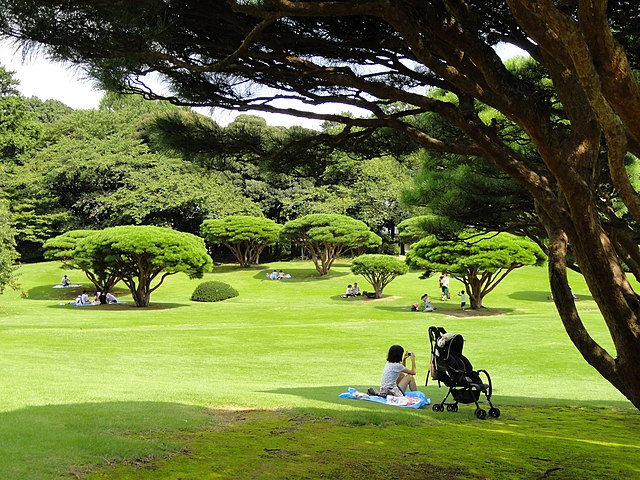
.jpg/1024px-Shinjuku_skyline,_Tokyo_-_Sony_A7R_(11831328835).jpg)

